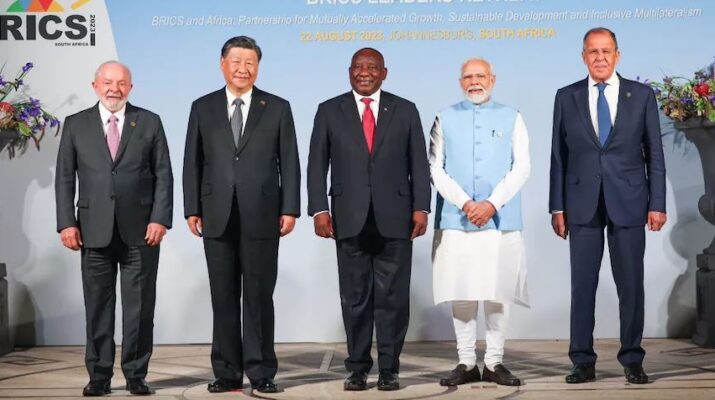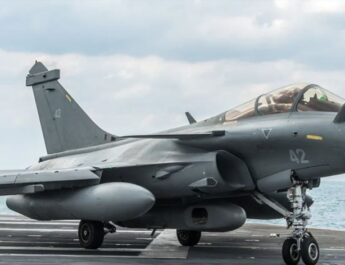PM Modi at BRICS summit
New Delhi: Prime Minister Narendra Modi’s participation in the BRICS summit in Russia alongside Vladimir Putin and Xi Jinping raises concerns in the West. The inclusion of new members like Iran, Saudi Arabia, Egypt, the UAE, and Ethiopia intensifies this unease.
Coinciding with Modi’s visit, the US Department of Justice indicted Vikash Yadav, a former R&AW officer, for allegedly plotting to assassinate Gurpatwant Singh Pannun, a designated terrorist in India. This indictment, lacking mention of Pannun’s criminal status, highlights a perceived hypocrisy in US justice, which often protects individuals accused of terrorism while prosecuting foreign agents.
Russia, Russia, Russia
Russia remains a central concern for Washington, which aims to weaken it and curb China’s influence. The U.S. expects India to align with its stance on both issues, yet India’s ties with Russia frustrate the West. While the U.S. tolerates India’s Russian oil purchases for its refined products’ benefit in Europe, it is wary of India’s growing trade with China. The U.S. views India as a subordinate partner in the Indo-Pacific, a perception the Modi government contests. As India’s economy rapidly grows, the geopolitical dynamics are shifting, challenging the established order.
Washington’s concern centers on the potential revival of Russia-India-China (RIC) trilateral summits, last held in 2018 during the G20 in Buenos Aires. The ongoing standoff at the LAC has halted these meetings. However, recent trade improvements between India and China, alongside an expanded BRICS, signal a shifting global order. Should Donald Trump win the 2024 election, this trend may accelerate, as he aims to end the Russia-Ukraine conflict. Despite Western sanctions and asset seizures, Russia remains resilient, emerging as one of Europe’s fastest-growing economies, while US allies face economic challenges.
New world order
Neoconservative think tanks in Washington foresee a troubling future world order. Currently, the US-led West has a GDP of $55 trillion, while the Global South, including BRICS nations and others, totals $45 trillion. This gap is narrowing, with the West growing at 2% annually and the Global South at 4%. By 2050, projections suggest the West’s GDP will reach $75 trillion, but the Global South could soar to $90 trillion. Additionally, the military and technological power will shift towards the Global South, led by China and India, as demographic changes reshape the US into a white-minority nation.




